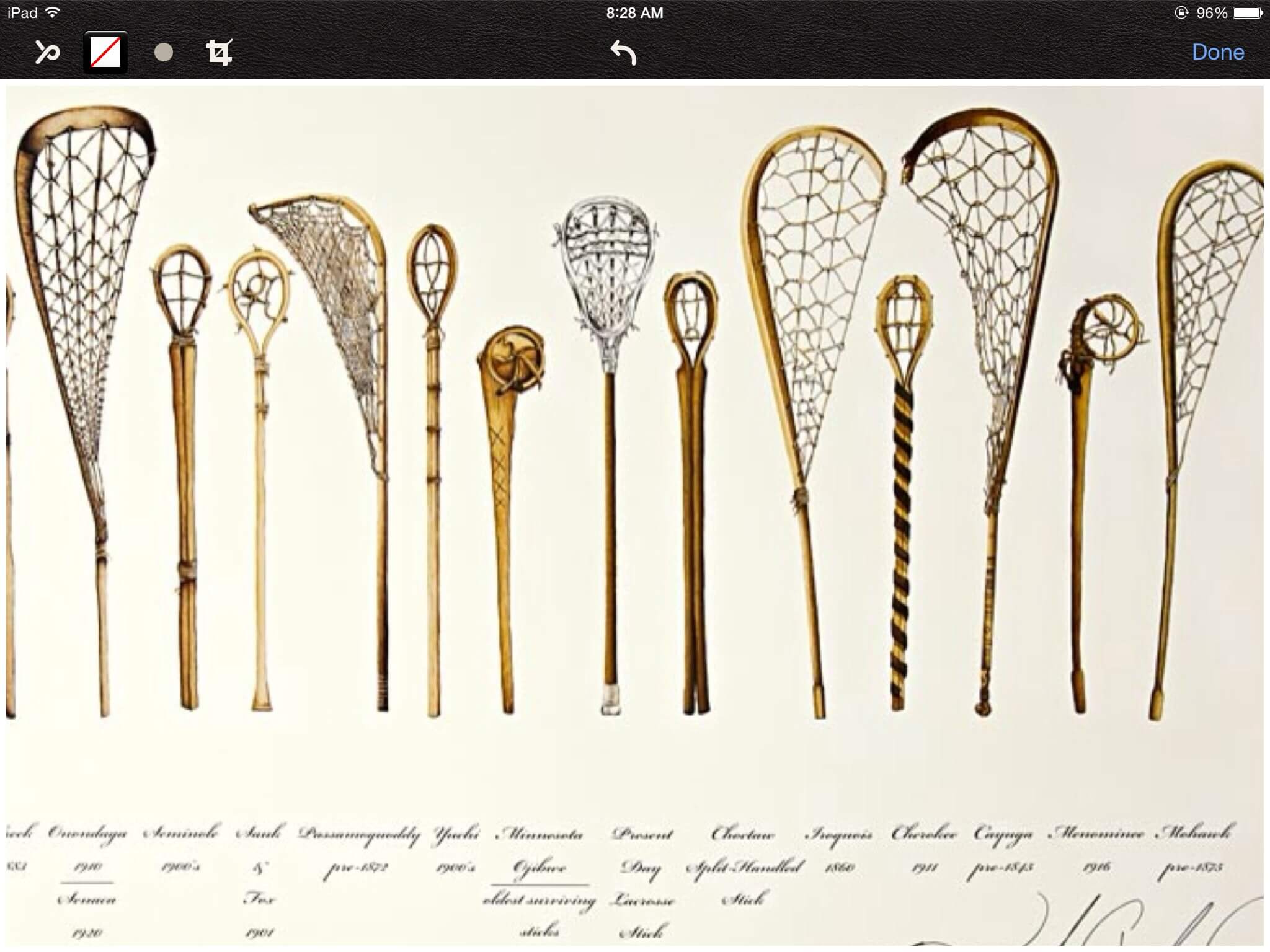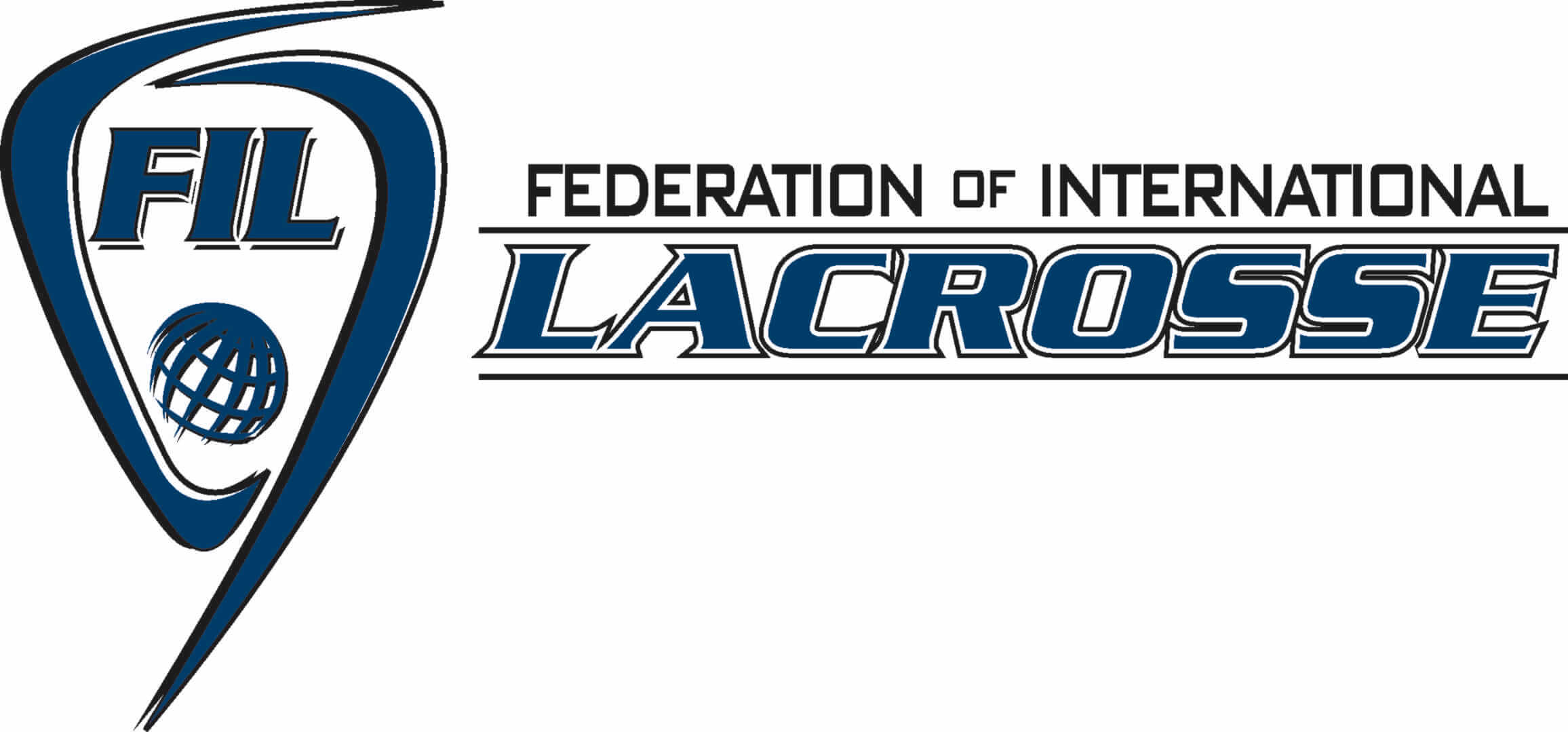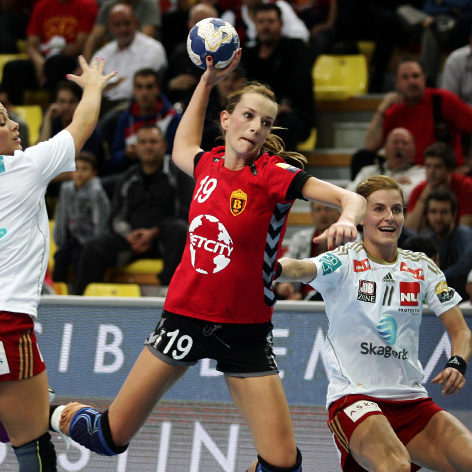Field lacrosse is a Canadian full contact outdoor sport played with ten players on each team. The sport originated among Native Americans, and the modern rules of field lacrosse were initially codified by Canadian William George Beers in 1867. Field lacrosse is one of three major versions of lacrosse played internationally. The other versions, women’s lacrosse (established in the 1890s) and box lacrosse (originated in the 1930s), are played under significantly different rules.
Field Lacrosse
History
Lacrosse is a traditional Native American game. According to Native American beliefs, playing lacrosse is a spiritual act used for healing and giving thanks to the “Creator”. They would also play the game to resolve minor conflicts between tribes that were not worth going to war for, thus the name “little brother of war”. These games could last several days and as many as 100 to 1,000 men from opposing villages or tribes played on open plains, between goals ranging from 500 yards (460 m) to several miles apart.
The first Europeans to observe it was French Jesuit missionaries in the St. Lawrence Valley, in the 1630s The name “lacrosse” comes from their reports, which described the players’ sticks as like a bishop’s crosier—la crosse in French. The Native American tribes used various names: in the Onondaga language it was called dehuntshigwa’es (“they bump hips” or “men hit a rounded object”); da-nah-wah’uwsdi (“little war”) to the Eastern Cherokee; in Mohawk, tewaarathon (“little brother of war”); and baggataway in Ojibwe. Variations in the game were not limited to the name. In the Great Lakes region, players used an entirely wooden stick, while the Iroquois stick was longer and was laced with string, and the Southeastern tribes played with two shorter sticks, one in each hand.
In 1867, Montreal Lacrosse Club member William George Beers codified the modern game. He established the Canadian Lacrosse Association and created the first written rules for the game, Lacrosse: The National Game of Canada. The book specified field layout, lacrosse ball dimensions, lacrosse stick length, number of players, and number of goals required to determine the match winner.

Rules
Field lacrosse involves two teams, each competing to shoot a lacrosse ball into the opposing team’s goal. A lacrosse ball is made out of solid rubber, measuring 7.75 to 8 inches (19.7–20 cm) in circumference and weighing 5 to 5.25 ounces (140–149 g). Each team plays with ten players on the field: a goalkeeper; three defenders in the defensive end; three midfielders free to roam the whole field; and three attackers attempting to score goals in the offensive end. Players are required to wear some protective equipment and must carry a lacrosse stick (or crosse) that meets specifications. Rules dictate the length of the game, boundaries, and allowable activity. Penalties are assessed by officials for any transgression of the rules.
The game has undergone significant changes since Beers’ original codification. In the 1930s, the number of players on the field per team was reduced from twelve to ten, rules about protective equipment were established, and the field was shortened.
Playing area
A standard lacrosse field is 110 yards (100 m) in length from each end line and 60 yards (55 m) in width from the sidelines.
Field lacrosse goals are centered between each sideline, positioned 15 yards (14 m) from each end line and 80 yards (73 m) apart from one another. Positioning the goals well within the end lines allows play to occur behind them. The goal is 6 feet (1.8 m) wide by 6 feet (1.8 m) tall, with nets attached in a pyramid shape. Surrounding each goal is a circular area known as the “crease,” measuring 18 feet (5.5 m) in diameter.
If a player enters the “crease” while shooting toward the goal, the referee will call a foul and the ball gets turned over to the other team.
A pair of lines, 20 yards (18 m) from both the midfield line and each goal line, divide the field into three sections. From each team’s point of view, the one nearest its own goal is its defensive area, then the midfield area, followed by the attack or offensive area. These trisecting lines are called “restraining lines.” A right angle line is marked 10 yards (9.1 m) from each sideline connecting each end line to the nearer restraining line, creating the “restraining box.” If an official deems that a team is “stalling,” that is not moving with offensive purpose while controlling the ball, the possessing team must keep the ball within the offensive restraining box to avoid a loss-of-possession penalty.
Field markings dictate player positioning during a face-off. A face-off is how to play is started at the beginning of each quarter and after each goal. During a face-off, there are six players (without considering goalkeepers) in each of the areas defined by the restraining lines. Three midfielders from each team occupy the midfield area, while three attackmen and three of the opposing team’s defensemen occupy each offensive area. These players must stay in these areas until possession is earned by a midfielder or the ball crosses either restraining line. Wing areas are marked on the field on the midfield line 10 yards (9.1 m) from each sideline. This line indicates where the two nonface-off midfielders per team lineup during a face-off situation. These players may position themselves on either side of the midfield line. During a face-off, two players lay their sticks horizontally next to the ball, head of the stick inches from the ball and the butt-end pointing down the midfield line. Once the official blows the whistle to start play, the face-off midfielders scrap for the ball to earn possession and the other midfielders advance to play the ball. If possession is won by the face-off player, he may move the ball himself or pass to a teammate.
The rules also require that substitution areas, a penalty box, coaches area, and team bench areas be designated on the field.
Equipments
Equipment
A field lacrosse player’s equipment includes a lacrosse stick, and protective equipment, including a lacrosse helmet with face mask, lacrosse gloves, and arm and shoulder pads. Players are also required to wear mouthguards and athletic supporter with cup pocket and protective cup.
A typically equipped field player, carrying a “short crosse”
Each player carries a lacrosse stick measuring 40 to 42 inches (1.0–1.1 m) long (a “short crosse”), or 52 to 72 inches (1.3–1.8 m) long (a “long crosse”). In most modern circles the word crosse has been replaced by “stick” and the terms “short stick” and “long stick” or “pole” are used. On each team, up to four players at a time may use a long crosse: the three defensemen and one midfielder. The crosse is made up of the head and the shaft (or handle). The head is roughly triangular in shape and is loosely strung with mesh or leathers and nylon strings to form a “pocket” that allows the ball to be caught, carried, and thrown. In field lacrosse, the pocket of the crosse is illegal if the top of the ball, when placed in the head of the stick, is below the bottom of the stick’s sidewall.
The maximum width of the head at its widest point must be between 6 and 10 inches (15–25 cm). From 1.25-inches up from the bottom of the head, the distance between the sidewalls of the crosse must be at least 3 inches. Most modern sticks have a tubular metal shaft, usually made of aluminum, titanium, or alloys, while the head is made of hard plastic. Metal shafts must have a plastic or rubber cap at the end.
The sport’s growth has been hindered by the cost of a player’s equipment: a uniform, helmet, shoulder pads, hand protection, and lacrosse sticks. Many players have at least two lacrosse sticks prepared for use in any contest. Traditionally players used sticks made by Native American craftsman. These were expensive and, at times, difficult to find. The introduction of the plastic heads in the 1970s gave players an alternative to the wooden stick, and their mass production has led to greater accessibility and expansion of the sport.
Associations
Federation of International Lacrosse (FIL)
(BCLA) British Columbia Lacrosse Association
Ontario Lacrosse Association







